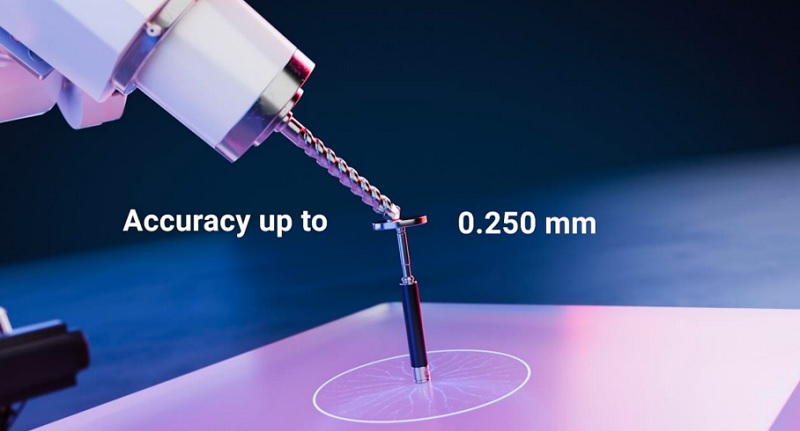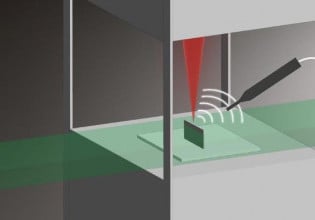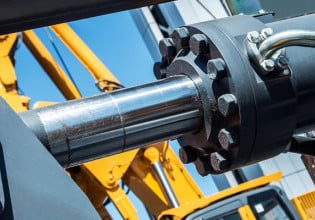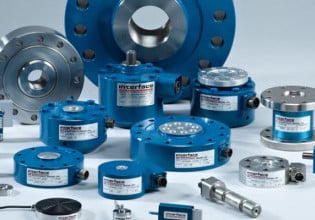RoboDK Releases TwinTool For Robot Calibration
Industrial robots use various methods to supply position data for the end-of-arm tools. Many are known to be far less than perfect, but RoboDK is attempting to solve this challenge with TwinTool calibration capabilities.
More Than Robot Simulation Software
RoboDK is a Canadian software company out of Montreal Quebec that specializes in robot simulation software. This software allows designers to simulate robot motion paths from many different robot manufacturers, with the current RoboDK version containing over 600 robots within its library. One of the specialties of the RoboDK software offering catalog is robot calibration.
Industrial robots are not overly accurate when using various methods of TCP teaching. In fact, robot accuracy tolerances can be up to several millimeters depending on the manufacturer and optional add-ons. Often, manufacturers will publish repeatability data rather than the accuracy of their robot models, therefore the accuracy range given comes from industry experience. The software that RoboDK offers works with laser trackers or stereo cameras to monitor the physical position and relate it back to the robot's calculated position.

RoboDK calibration solution. Image used courtesy of RoboDK
What is Robot Calibration?
Robot calibration is the process of matching the physical location of the robot’s end-of-arm-tool tip (TCP) to where the robot has calculated its position to be. This process involves very advanced and expensive equipment that will require a trained technician to execute. Some robot manufacturers offer accuracy packages where they will do a fine calibration of the robot at the factory before it ships, in some cases, they will even perform this calibration in the field if necessary.
RoboDK TwinTool in action. Video used courtesy of RoboDK
RoboDK TwinTool Solution
RoboDK’s TwinTool software add-on works with a standard linear gauge, which is available from many manufacturers, connected to the robot and RoboDK programming software. The software automatically navigates the robot around the gauge teaching as many points and approaches as necessary for the desired accuracy. RoboDK states that their TwinTool software can improve your robot’s accuracy by 2-10 times (depending on the tool and robot manufacturer), and without needing any programming experience.
How are Robots Normally Calibrated?
When a gripper or tool is mounted to the end of a robot arm, the robot must understand the position and angle of the end attachment with respect to the base of the robot. For example, if we have a resistance welding robot, in order to ensure the weld path is accurate we need to define the TCP as accurately as possible. The same is true with dispensing robots, the exact position of the dispensing tool will directly affect where the product is dispensed. If our TCP is not accurately taught, then all calculated or offset positions will be inaccurate.
Most robot manufacturers provide a software tool that allows the integrator to teach the TCP by manually jogging the robot to a series of different points around the workpiece. This process sometimes requires specialized tools mounted to the end effector that will help the technician teach the points. These tools often are shaped much like the actual EoAT, but with a sharp, fine point at the end to allow placement as precisely as possible. By using a very sharp point on the robot arm and a sharp point on the work surface, you can visually see when the points line up at the different orientations. In some cases, if exact CAD data is available for the robot and the EoAT, the dimensions of the tool can be entered manually, further reducing errors.
Even a slight collision of the tool against a workpiece will result in a need for re-calibration. If any of the calibration tools are lost or damaged, the accuracy of the robot will forever be reduced.

RoboDK linear measurement application can greatly increase accuracy for robots. Image used courtesy of RoboDK
Summary
The typical way of calibrating a TCP with sharp points mounted on work surfaces and on the robot arm presents many safety and accuracy concerns. This process is also very time-consuming and is required anytime the tool moves or wears down. If your tool is consumable you may find yourself re-calibrating quite often. By using an automated process, you can greatly reduce the safety risks and downtime of your production equipment.






